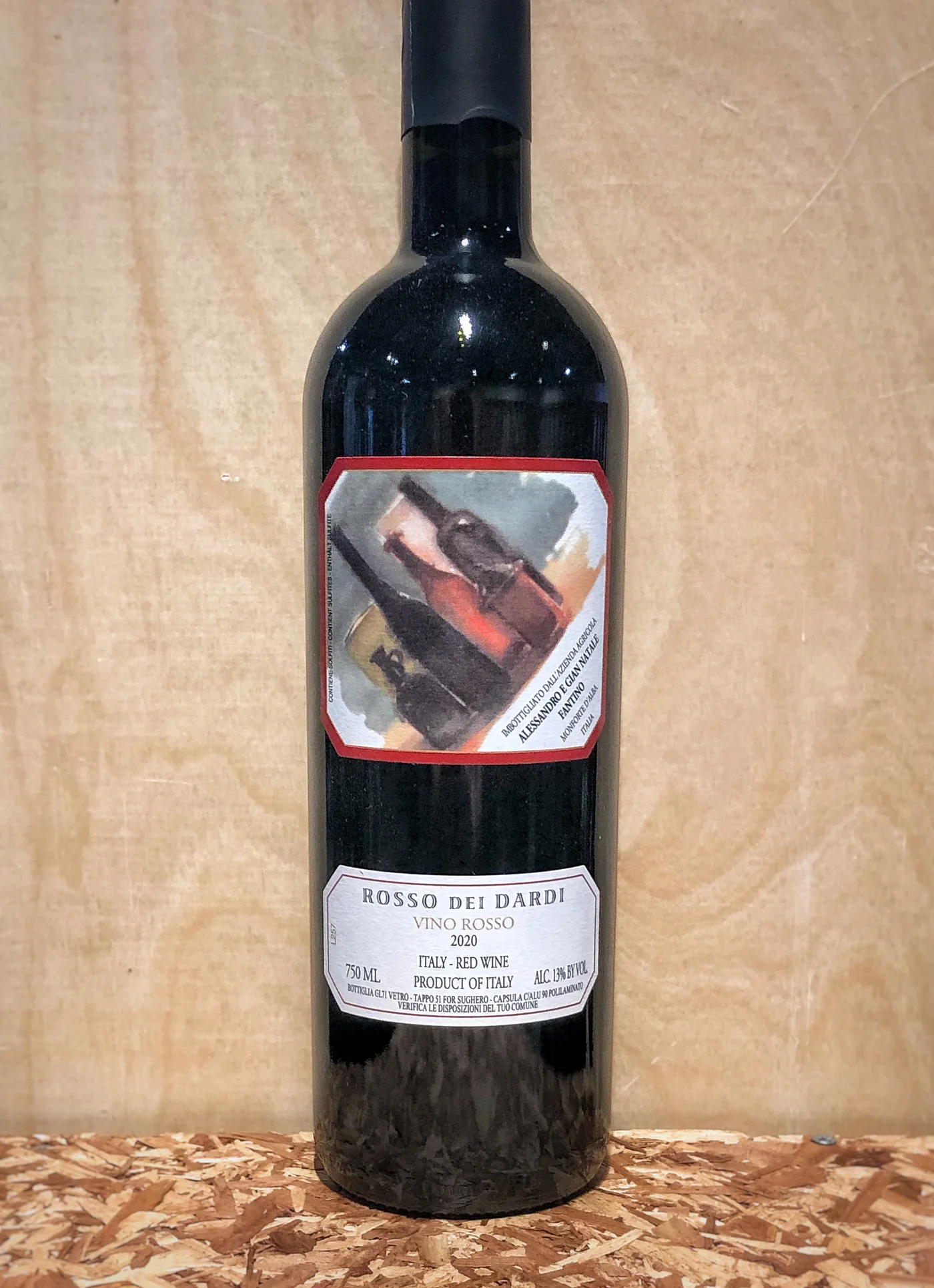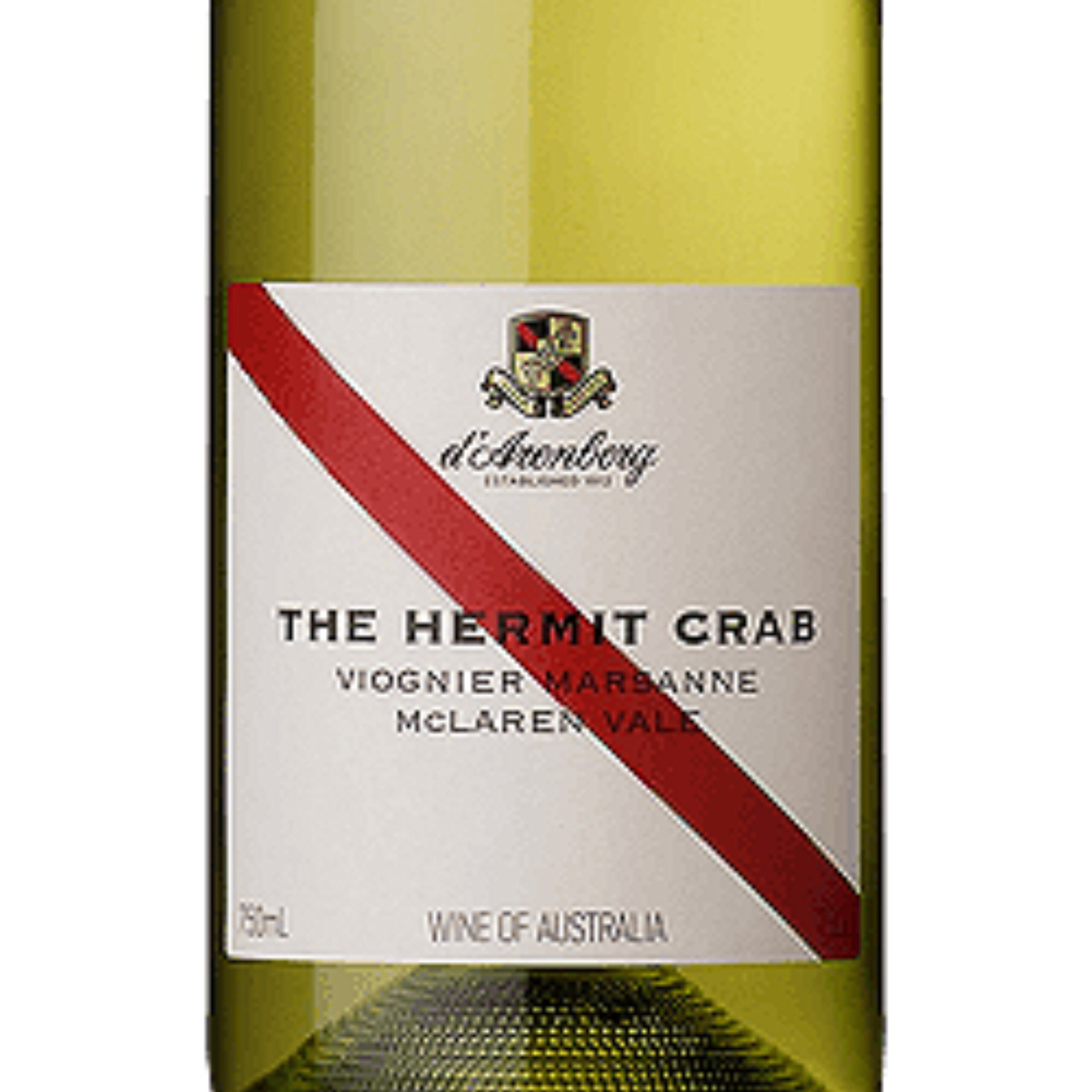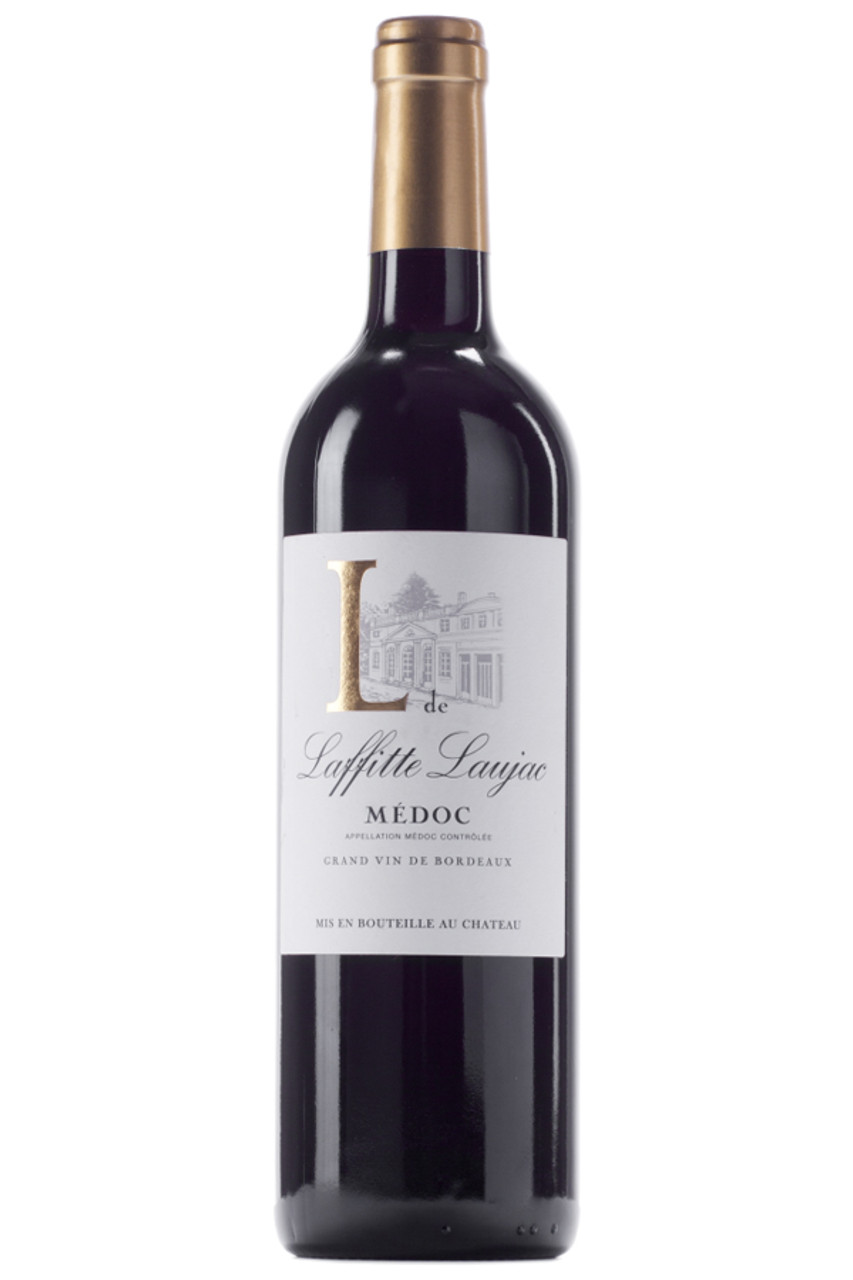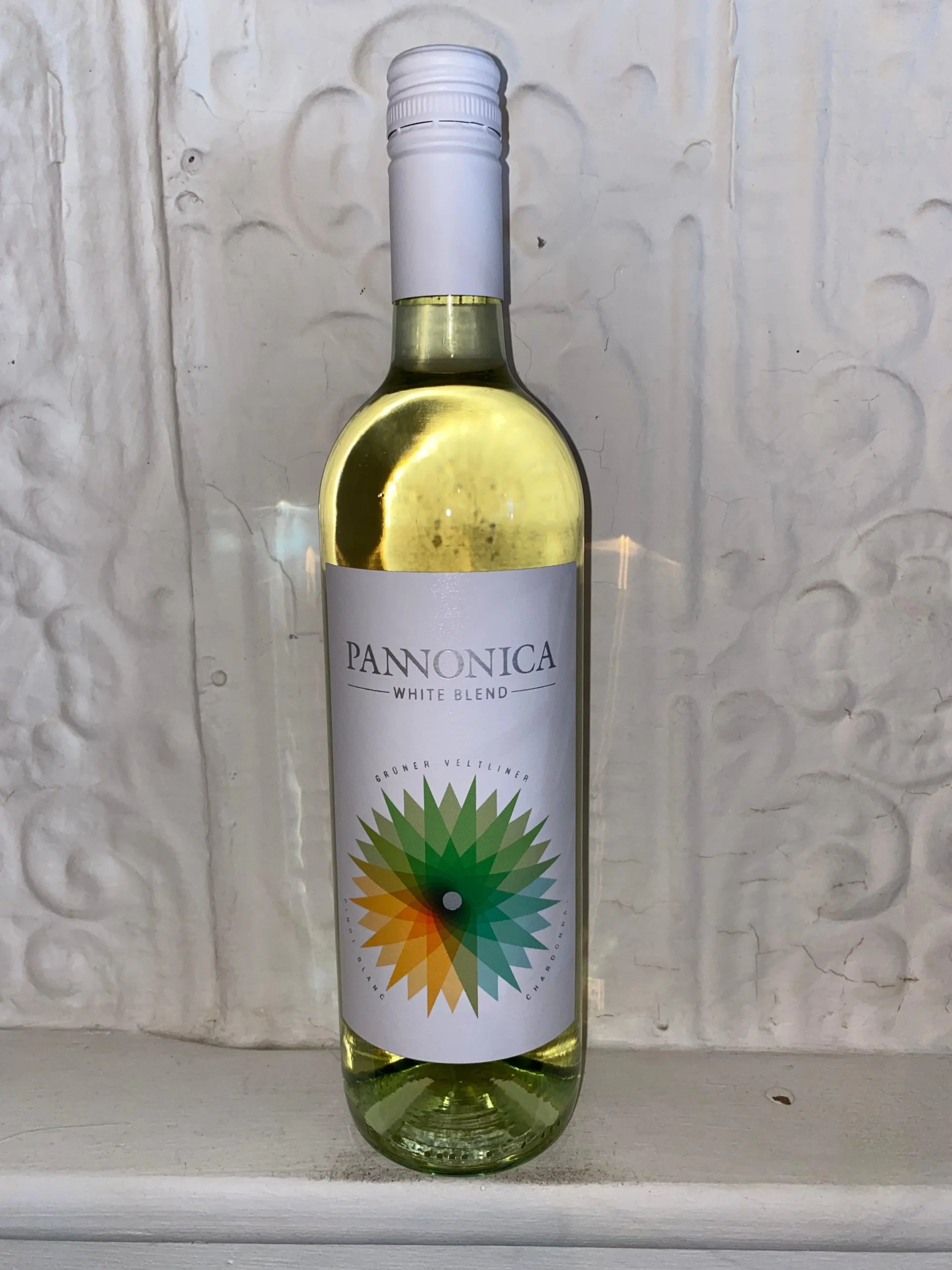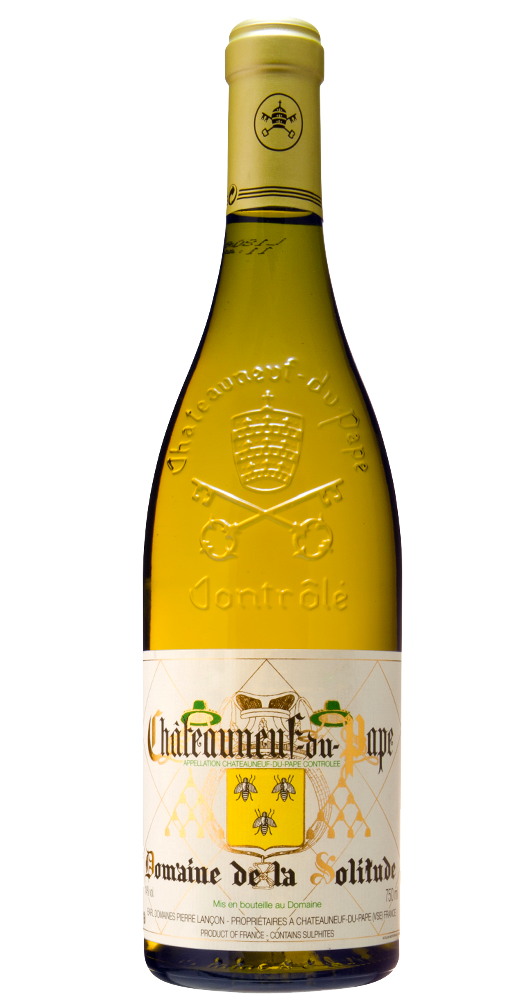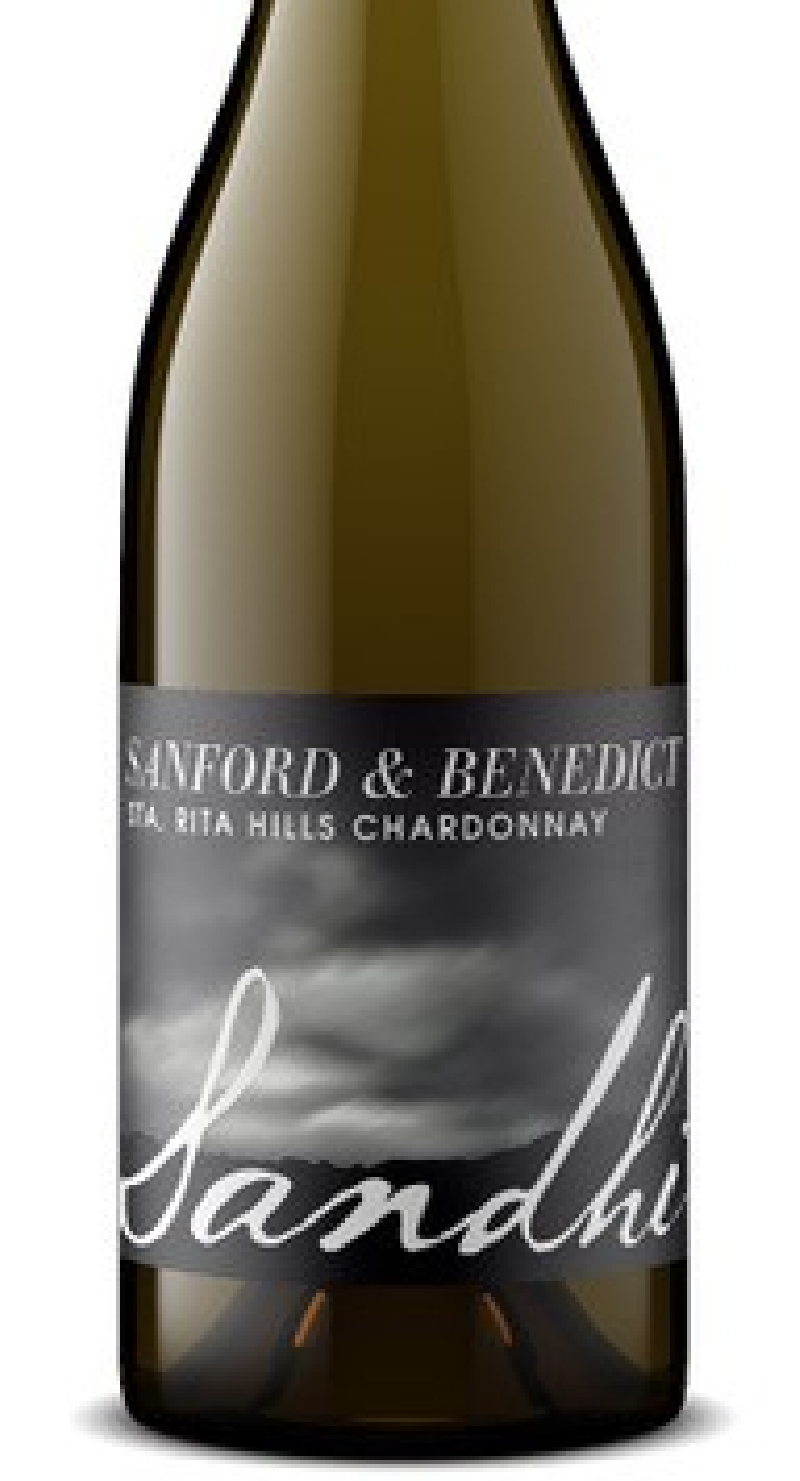For the wine snob: Two brothers, Alessandro and Gian Natale Fantino, run this family estate in Monforte d’Alba. Alessandro managed the vineyards and served as the enologist at Cantina Bartolo Mascarello for 20 years, from 1978 to 1997. Since 1998, he has dedicated himself to running his family estate alongside his brother full-time. The brothers farm eight hectares in the heart of the historic Bussia cru north of Monforte, one of Barolo’s most famous areas for producing wines of great longevity and finesse. The Fantino holdings are concentrated exclusively in the “Dardi” section of Bussia, a hillside with perfect southern and southeastern exposure in the geographic center of Bussia. This gives them their “Cascina Dardi” brand name on the label of their Barbera and Baroli (for those already familiar with these wines, they were formerly labeled as Vigna dei Dardi, before the brothers registered the Cascina Dardi trademark).
For the rest of us: 100% Nebbiolo. Brothers Alessandro and Gian Natale must spend a lot of quality time in their quiet cantina in Monforte. They’re men of few words, soft-spoken and reserved, and their wines show a similar restraint. Never showy, but full of charm, their Rosso dei Dardi delivers all the classic black fruit you’d expect from Piedmont, including that fragrant, perfumed note of peony so quintessential to Italian reds.

